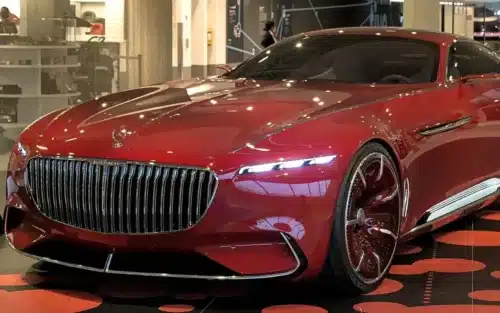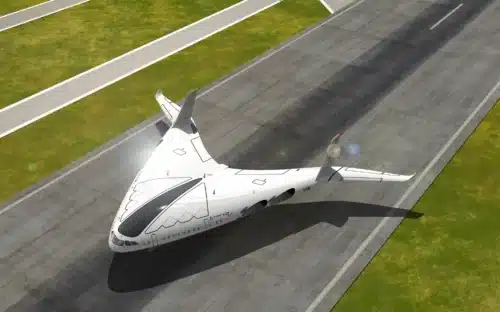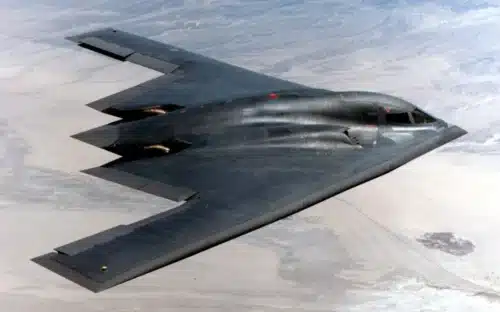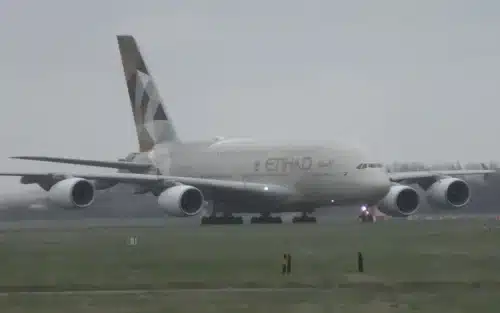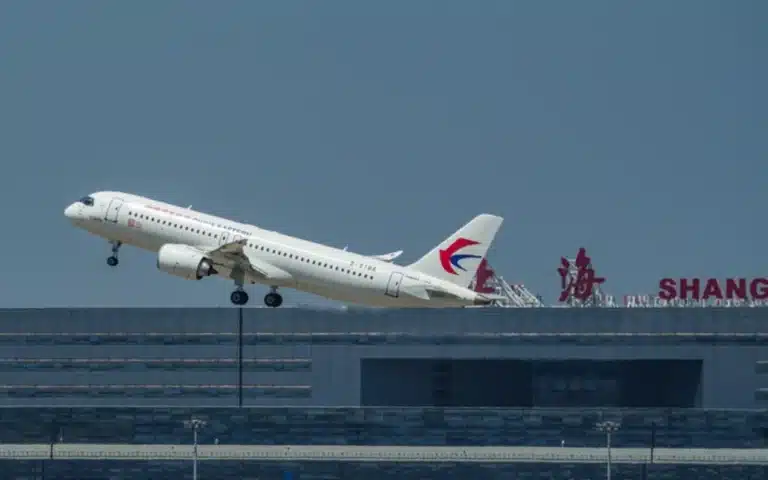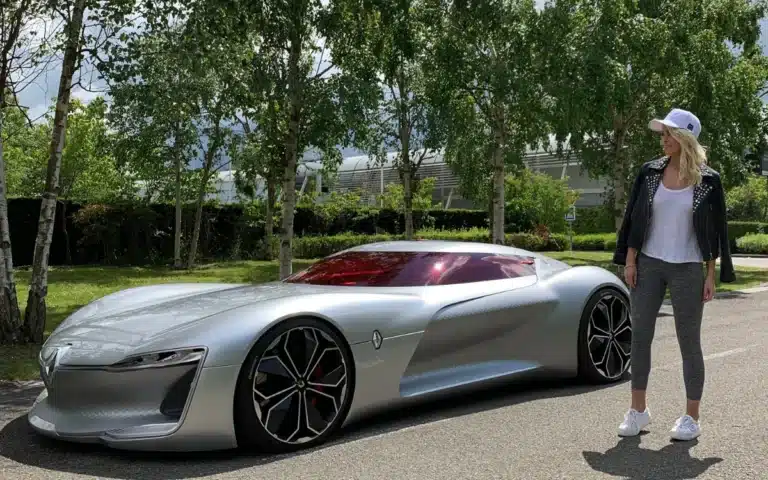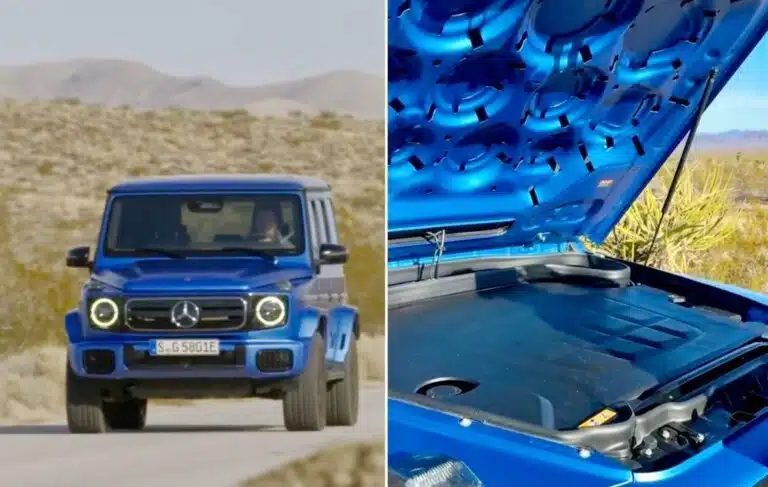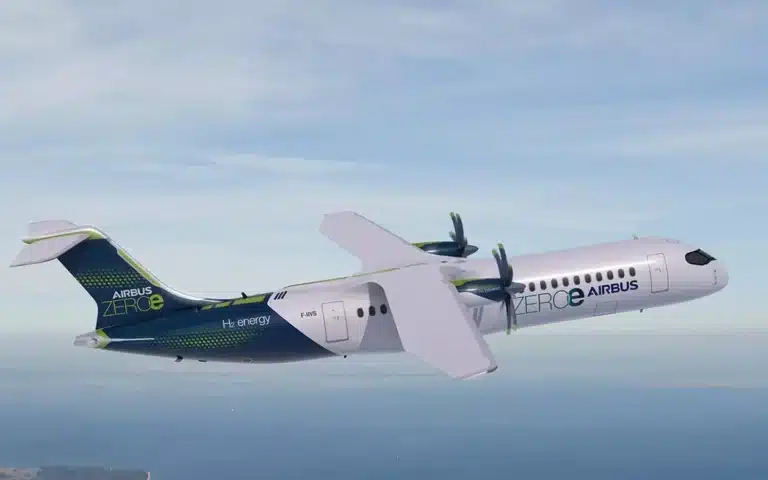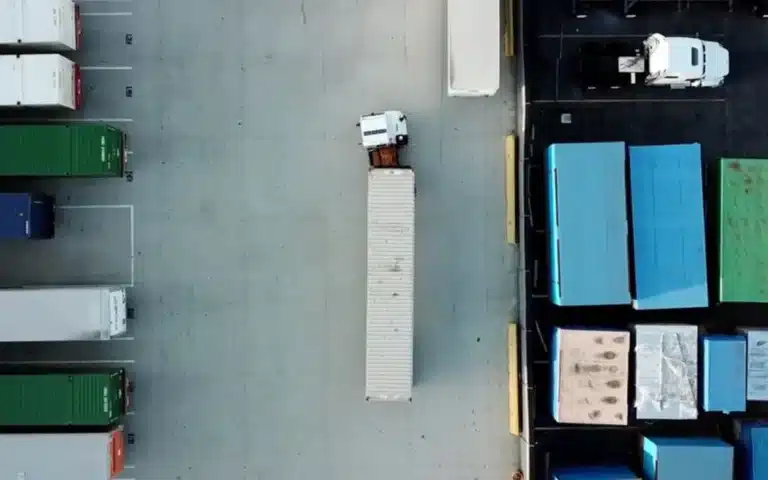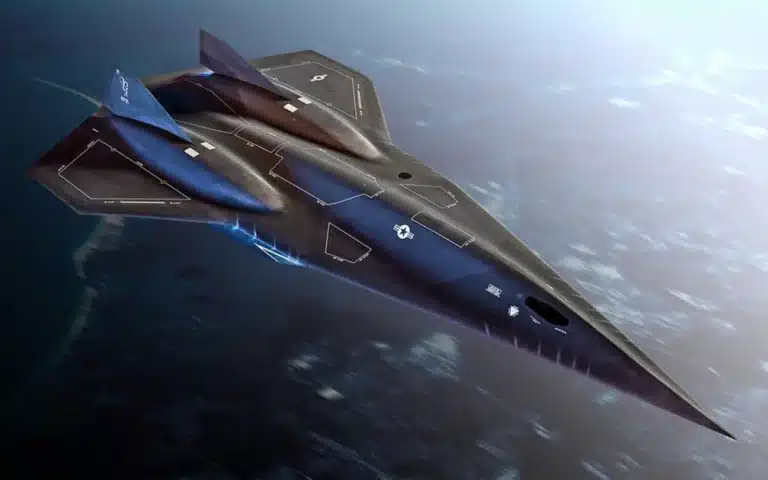NASA and Boeing have unveiled the new look of the X-66, a green X-plane that’s set to reduce aviation emissions.
The X-plane is the first of its type designed specifically to helping the US achieve net-zero emissions by 2050 for aviation.
Made by Boeing in collaboration with NASA, it’s to be the next efficient commercial airliner.
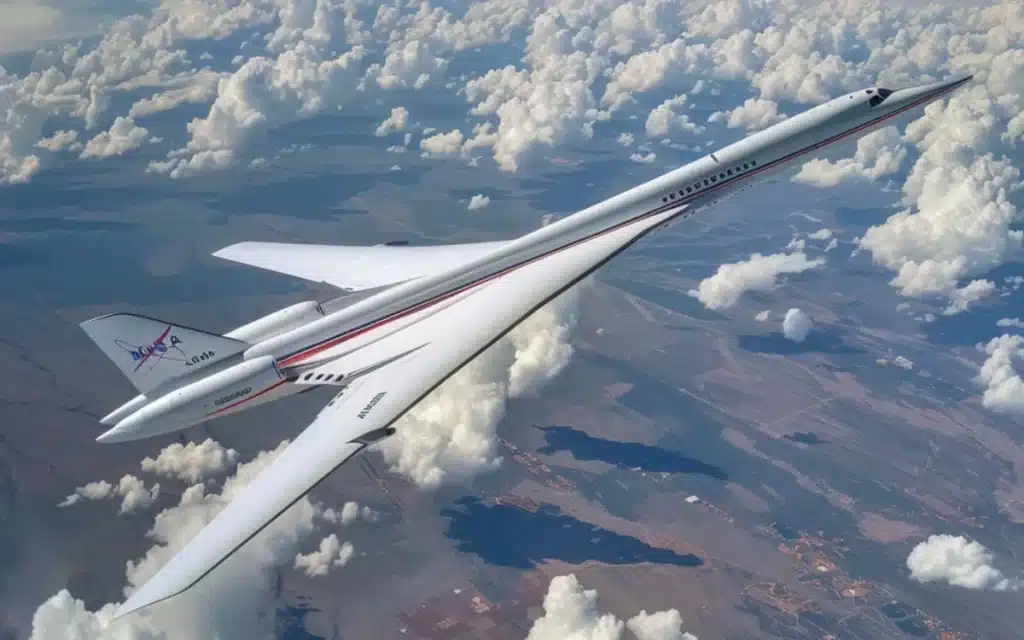
READ MORE! Rolls-Royce hydrogen jet engine could change flights forever
Their latest collaborative effort is part of the Sustainable Flight Demonstrator (SFD) project and larger Sustainable Flight National Partnership (SFNP) program.
What’s more, the X-plane is likely an evolved version of the X-66 A program.
In case you’re wondering, X-planes are experimental aircraft used to test new technologies and concepts to revolutionize aviation.
Now, the aerospace giants have unveiled the aircraft and it appear to pay homage to the on the McDonnell Douglas MD-90.
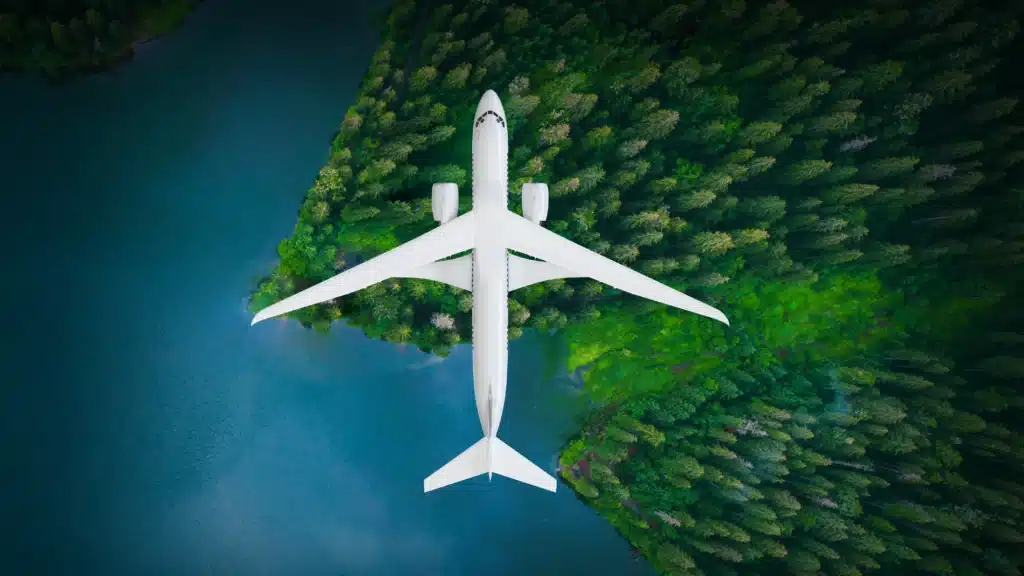
The net-zero goal is one shared by many countries to tackle climate change.
Aviation accounts for roughly 2.5% of global emissions and this figure is only heading skyward.
This makes eco-friendly aircraft crucial for the planet.
The X-66A, is being developed by NASA at its facility in Palmdale, California.
Extra-long, thin wings are supported by diagonal struts, known as the Transonic Truss-Braced Wing (TTBW).
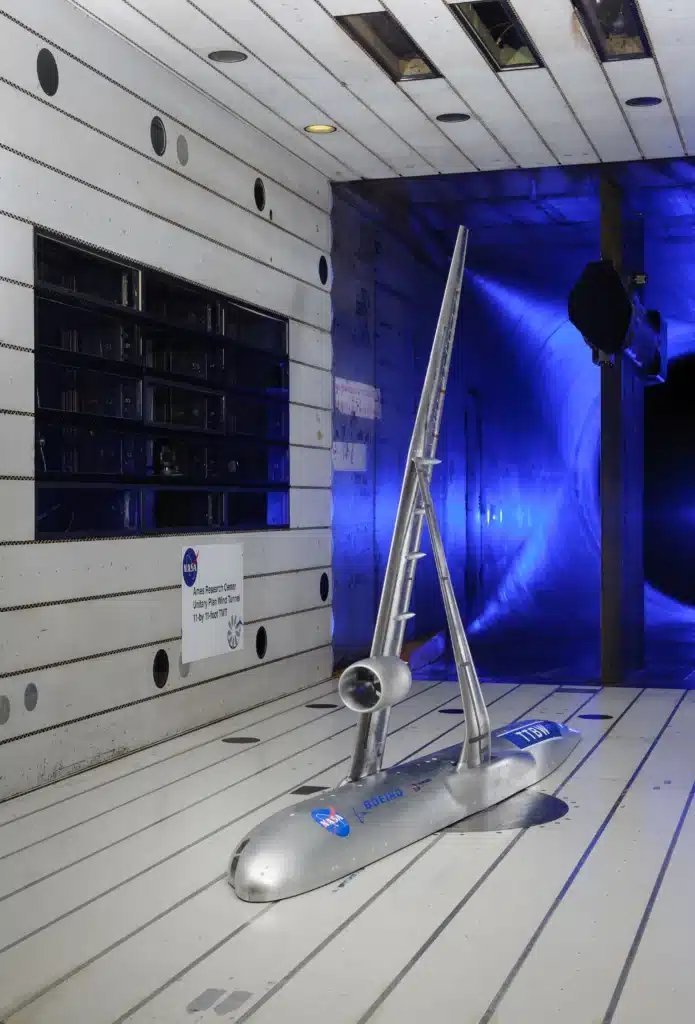
This enables the wings to operate at higher speeds and altitudes as it minimizes drag and weight.
When paired with advancements in propulsion, materials and systems architecture, the unique design could save fuel consumption and emissions by as much as 30 percent.
To turn the X-plane from a concept to a reality, NASA and Boeing are collaborating under the SFD project.
NASA will provide $425 million, and Boeing $725 million to build, test, and fly the X-plane.
The SFD project aims to inform a new generation of more sustainable single-aisle aircraft.
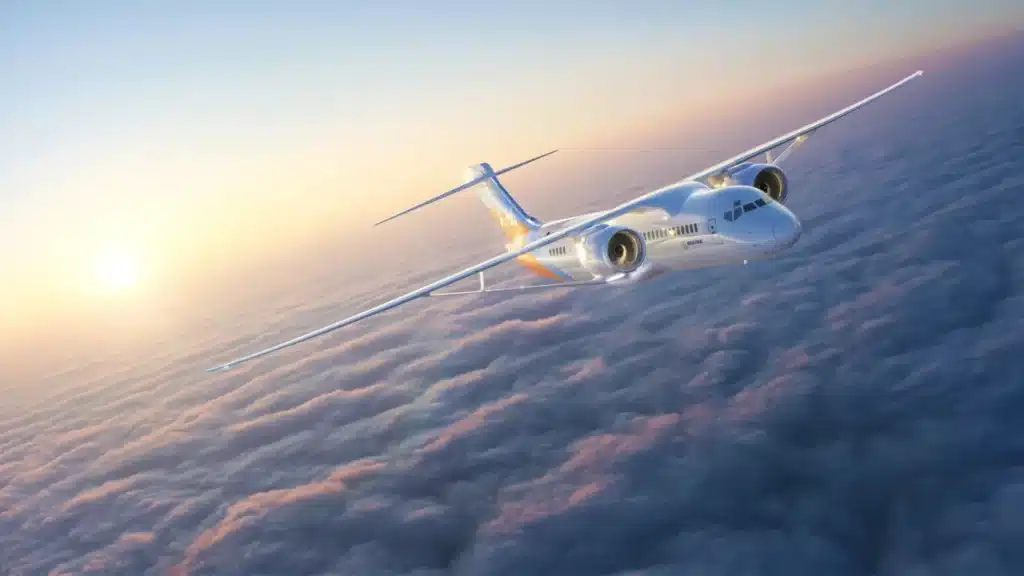
The X-66 will also test and validate the TTBW concept and other tech for future aircraft designs.
While the first to target efficiency and sustainability of everyday flights over performance X-66 is not the first X-plane that NASA and Boeing have joined forces on.
The X-66 will reducing noise, vibration, and costs for passengers.
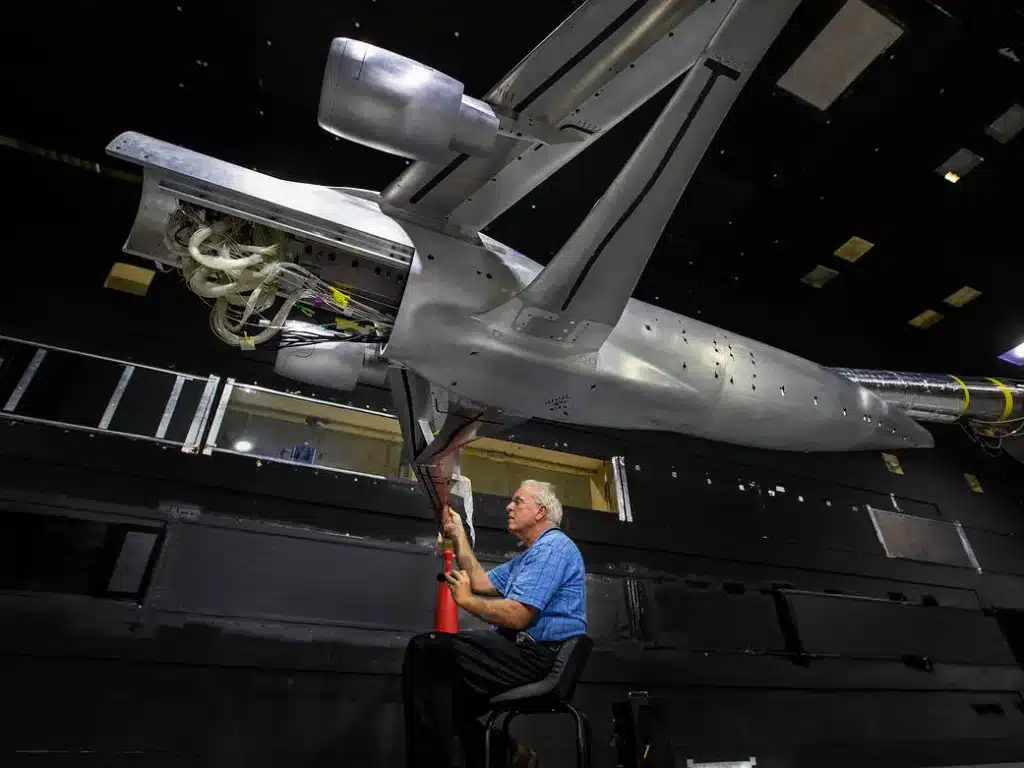
The X-1 broke the sound barrier in 1947, the X-15, reached the edge of space in 1963, and the X-43 achieved hypersonic speed in 2004.
What’s more, NASA’s X-59, part of the QUESST mission, aims to make commercial – and intentional – supersonic flight a reality.
NASA wants it to fly quietly at Mach 4, twice the speed of Concorde.
NASA’s X-66 is scheduled to take off in 2028 with tests and evaluations lasting until 2031.
Some of the images in this article were created using AI.



